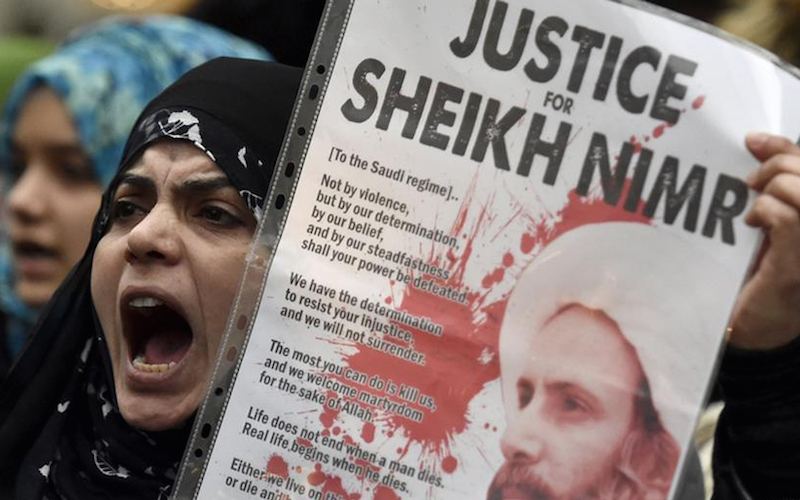
Saudi Executions: Rhetoric Versus Reality
Since 2011, when the Arab Spring erupted in the Kingdom of Saudi Arabia, the ruling family has faced a host of challenges to its legitimacy. Some of this opposition has manifested in the form of peaceful protests, calling for democracy and greater freedoms. The monarchy, which has been in power for almost nine decades, sees these protests as an existential threat to its rule.
It is important to take stock of the political calculations which drove the Saudis to carry out 158 executions in 2015 – the highest figure since 1995, which equated to roughly one execution every other day. Furthermore, the January 2, 2016 execution of the internationally revered Shi’ite cleric Nimr Baqir al-Nimr, along with three other Shi’ite activists, sheds light on Riyadh’s handling of political dissent in the Eastern Province (EP), where most of the nation’s Shi’ites reside.
The Koran and the Sunnah of the Prophet guide Saudi Arabia’s political, social, and religious institutions. The Basic Laws (1992), which appear in the form of a constitution, confirm this religious-based set of institutions. Though the Basic Laws are legally binding, they can never take precedence over the Koran or the Sunna. They simply reaffirm or complement what is written in these two sources. In particular, several articles in the Basic Laws highlight this reality.

